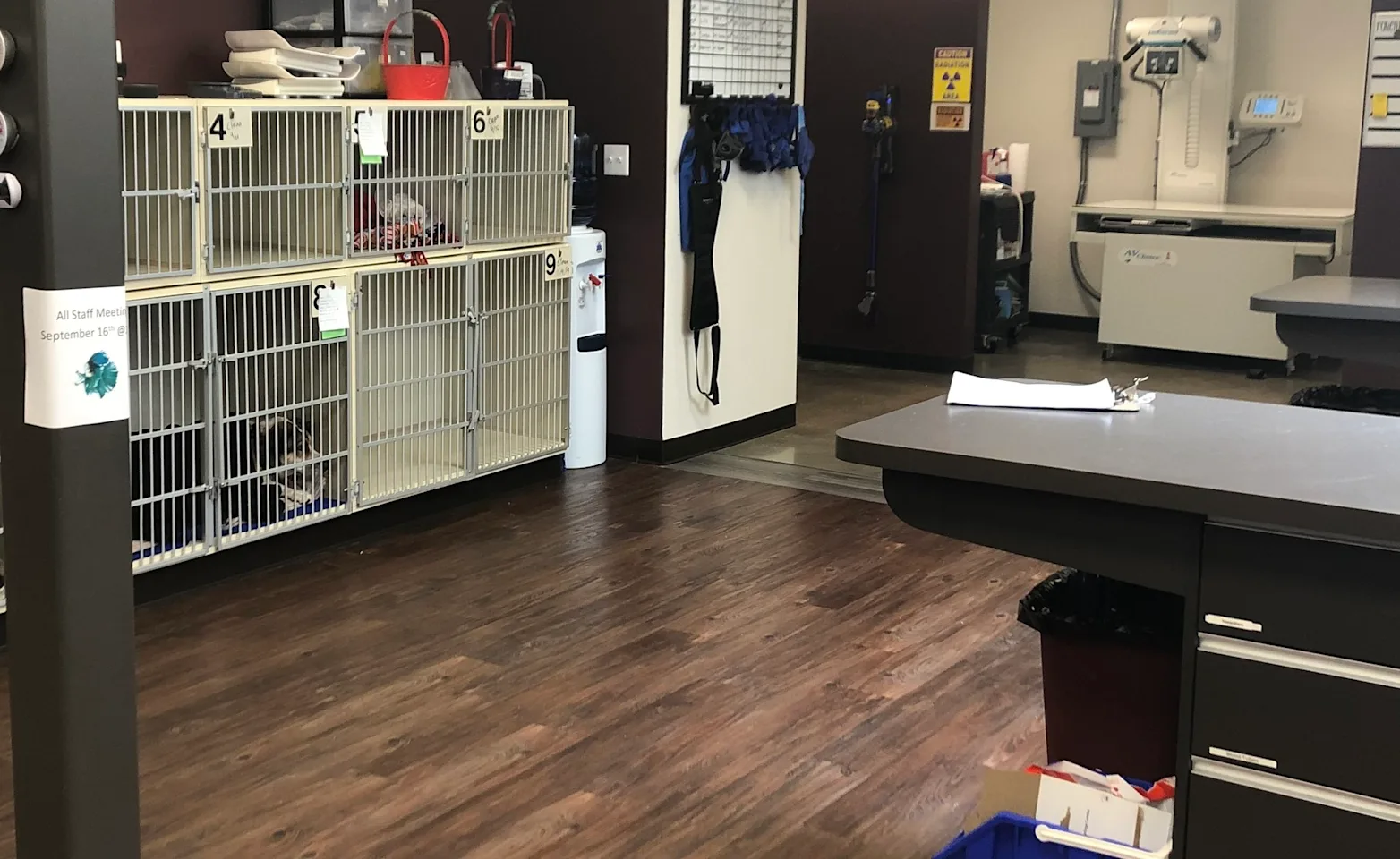Aurora Animal Hospital

Surgical Procedures

Surgical patients are mostly housed in our treatment area where they can be watched and see people at all times. There are runs in the dog ward for large dogs, which is also very visible.
Procedures happen one at a time over the course of the morning. Unfortunately not everyone can go first. The veterinarian will call once the procedure is over to give you an update on how it went and to schedule a discharge appointment.
Each patient gets an exam before undergoing anesthesia to ensure that they are still healthy.

The vet makes a surgical plan for anesthesia customized for each pet, taking into consideration the medical history, physical exam findings, and recent bloodwork. The surgical plan includes medications given before surgery to reduce anxiety and any surgical pain.
An IV catheter is placed to allow delivery of medications and IV fluids. A small spot of hair is shaved on the leg for sterile IV catheter placement. Once the IV anesthetic is given each pet is intubated to protect and support the airway and lungs when they are asleep.
IV fluids are using to support blood pressure and heart rate during anesthesia. We use blankets and warm air heating devices to keep body temperature stable during anesthesia.

A certified veterinary technician is dedicated to monitoring each pet’s anesthesia. They monitor heart rate, respiratory rate, body temperature, EKG, blood pressure, end-tidal CO2 (breathing efficiency), oxygen level, and pain control. Their sole responsibility is their anesthetized patient.
A spay removes both ovaries and the uterus. A neuter removed both testicles. There will be sutures (stitches) under the skin that will dissolve over a few weeks. Mass removals and orthopedic procedures may have sutures and/or bandages that need to be removed later.

Each pet is monitored closely during recovery as they wake up from anesthesia and until they go home. Patients stay for a few hours after their procedures to make sure they are comfortable and recovered enough to go home in the late afternoon. Most patients aren’t ready to go home until 3pm or later.
Discharge appointments usually take 15-20 minutes. The veterinary technician will go over medications, recovery times, signs of problems to watch for, etc. Please let your technician know if you would like sedatives for your pet to aid in recovery!
At Aurora Animal Hospital it is our top priority to make your pet feel comfortable and loved while they are in our care!
